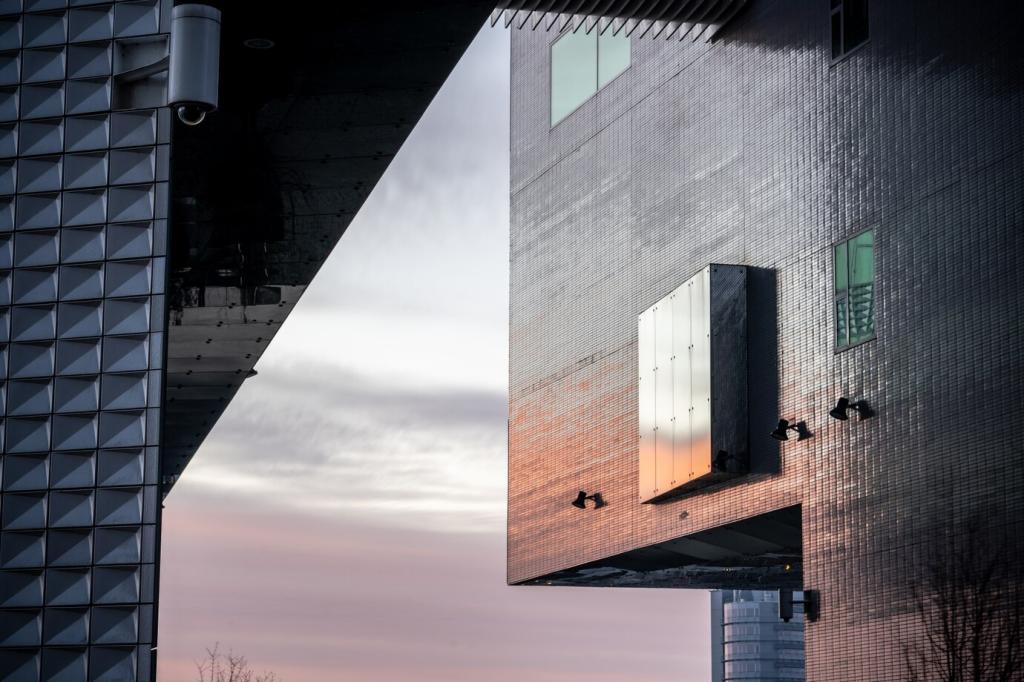Biophilic Design: Nature Meets Architecture
Biophilic Design represents a harmonious integration of nature and the built environment, aiming to bridge the gap between the natural world and modern architecture. This innovative approach draws inspiration from the innate human connection to nature, creating spaces that foster well-being, productivity, and creativity. By thoughtfully incorporating natural elements into architectural design, biophilic principles can transform ordinary buildings into revitalizing havens that nurture both body and mind. Explore how Biophilic Design is redefining the relationship between people and the spaces they inhabit, enhancing lives through the seamless merging of nature and architecture.
The Essence of Biophilic Design
Biophilic design springs from a recognition of nature’s unparalleled ability to soothe, engage, and invigorate. Architects and designers draw upon patterns, forms, and processes found in the natural world to inform their projects. This intentional mimicry creates environments that feel welcoming and restorative, tapping into our evolutionary preference for landscapes that support health and well-being. In doing so, buildings become more than shelters—they become living systems that resonate with human senses.
Previous
Next
Key Principles of Biophilic Architecture
One principal aspect of biophilic design is providing direct encounters with natural elements. This might include abundant daylight streaming through large windows, the presence of interior gardens, or the soothing sounds of water features. Such direct experiences allow building occupants to feel immersed in nature, even while indoors, resulting in environments that rejuvenate and stimulate the senses. These features invite interaction and foster a living relationship with the natural world.
Benefits of Integrating Nature into Architecture
Numerous studies reveal that exposure to natural elements within buildings leads to notable improvements in well-being and productivity. Occupants of biophilic spaces often report increased satisfaction, mental focus, and energy. Access to greenery and natural light can also reduce fatigue, absenteeism, and symptoms of stress-related conditions. These effects are particularly pronounced in workplaces, schools, and healthcare settings, where the quality of the environment directly influences outcomes for users.

